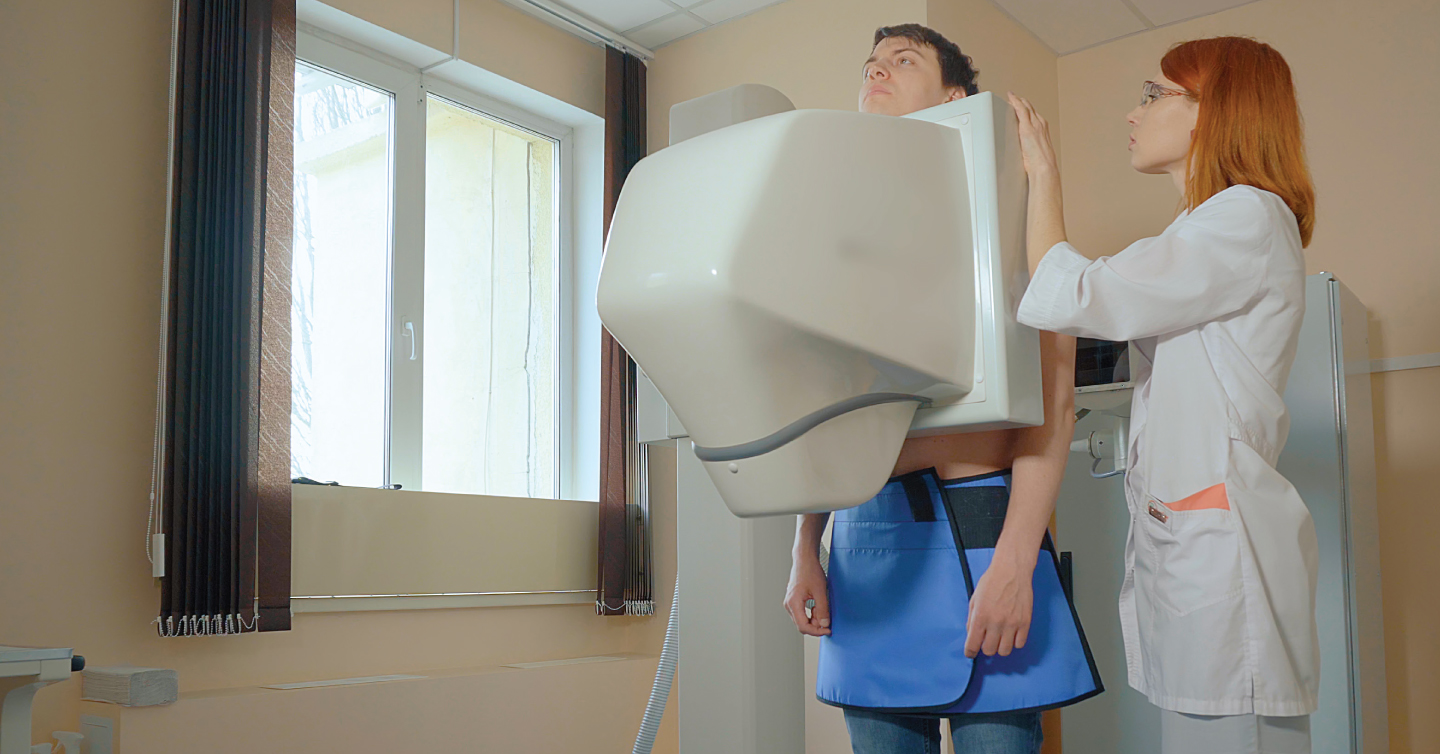Three Ways to Stay Ahead of Breast Cancer

What Can You Do to Prevent Breast Cancer
By Michele Eggers, senior quality care coordinator
10/28/2022
Though cancer is not something you can stop, there are still ways to be proactive about managing your risk. This is true in the case of breast cancer, too.
Thankfully, taking certain practical steps can reduce your risk of breast cancer, or at least help you catch it early. As with any type of cancer, no amount of cautiousness can eliminate your breast cancer risk, but you can minimize your likelihood of being diagnosed. Below are three key factors to keep in mind.
Tips for Limiting Your Breast Cancer Risk
1. Get regular mammograms and perform self-exams
We’ll talk about some other ways to protect yourself against breast cancer down below, but at the end of the day, nothing is more important than early detection. Detecting cancer at the earliest stages leads to more successful treatment. For those at an average risk of breast cancer, this can be done through regular mammograms, which are commonly recommended every one to two years once you turn 50. But even those as young as 40 should talk to their personal doctor about whether or not their individual health calls for regular mammogram screening. There is insufficient evidence to assess the risks and benefits of adjunctive screening for breast cancer using ultrasonography, MRI, DBT, or other methods, however those at high risk may want to discuss these options further with their personal doctor.
[Read more: Everything you need to know about scheduling a mammogram]
You and your personal doctor may decide to include clinical breast exams as part of your screenings, in addition to regular mammograms. Your doctor may perform a clinical breast exam to feel for lumps or pain in the breast, and they may teach you how to perform this exam yourself at home in between mammograms or doctor visits, paying attention to the appearance of your breasts to note any changes in size or shape.
2. Stay healthy and active
As with so many illnesses and diseases, committing to a healthy lifestyle can go a long way toward limiting your risk of breast cancer. This includes both remaining at a healthy weight and staying physically active. According to the American Cancer Society, 150-300 minutes of moderate intensity or 75-150 minutes of vigorous intensity activity each week is recommended.
Now, don’t feel like you have to get out and start running half-marathons all of a sudden (though it’s great if you can). The most important thing is that you find an activity plan and diet you can stick to. This may look different for everyone. Talk to your personal doctor to find diet and exercise options that will work for your current health condition, age, and lifestyle.
[Read more: The Ultimate Beginner’s Guide to Fitness]
3. Genetic counseling and testing
The need for genetic testing may not apply to everyone, but if your family has a history of breast cancer, this is something you may want to discuss with your personal doctor. A family history of breast cancer places you at a higher risk of developing the disease yourself. Furthermore, it could indicate an inherited gene mutation that affects your breast cancer risk, though this won’t be the case for most people.
To determine whether genetic testing is right for you, your personal doctor will want to understand your family history of breast cancer, including how many family members were diagnosed, the family member’s relation to you and how old they were when they were diagnosed. Based on your health details, you may be referred to a genetic counselor to better understand your risk for an abnormal gene.
Now that you know some of the ways you can be proactive about your breast cancer risk, discuss these options with your personal doctor to determine the best course of action for your individual health. As always, we are here at Network Health to answer any questions you may have about your health plan’s coverage as it relates to any of the above care.
Talk to Us About What Your Network Health Plan Can Do for You



